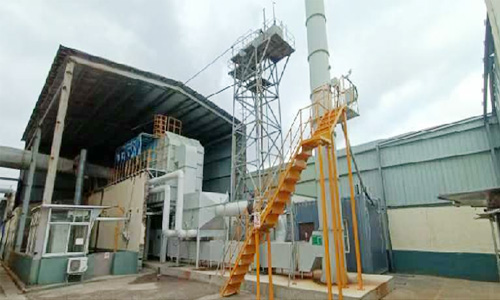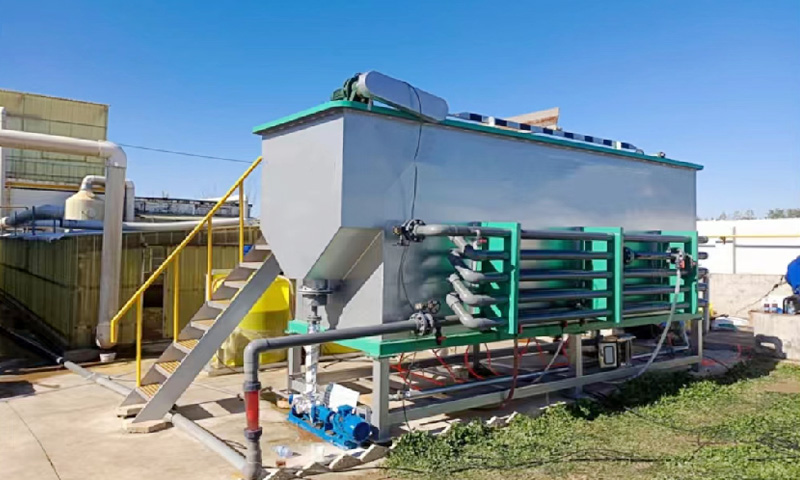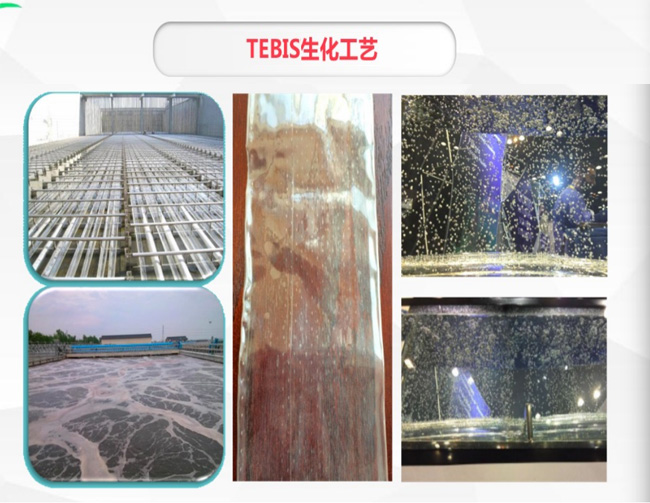
Working principle:
RTO, It is an organic waste gas treatment equipment. Compared with traditional catalytic combustion and direct combustion thermal oxidation furnaces (TO), it has the characteristics of high thermal efficiency (≥ 95%), low operating costs, and the ability to treat low concentration exhaust gases with high air volume. When the concentration is slightly higher, secondary waste heat recovery can also be carried out, greatly reducing production and operating costs.
RTO (Regenerative Thermal Oxidizer, abbreviated as RTO) is a regenerative thermal oxidation furnace. The principle is to oxidize the organic compounds (VOCs) in the exhaust gas into corresponding carbon dioxide and water at high temperatures, thereby purifying the exhaust gas and recovering the heat released during the decomposition of the exhaust gas. The three chamber RTO exhaust gas decomposition efficiency reaches over 99%, and the heat recovery efficiency reaches over 95%. The main structure of RTO consists of a combustion chamber, a heat storage chamber, and a switching valve. According to the actual needs of customers, choose different heat recovery methods and switching valve methods.
Scope of application:
Applicable types of organic waste gases: hydrocarbons, olefins, alcohols, ketones, ethers, esters, aromatic hydrocarbons, benzene and other hydrocarbon organic waste gases.
Low concentration of organic matter (while meeting the requirement of less than 25% LEL), high air volume
The exhaust gas contains multiple organic components, or the organic components often change
Waste gas containing components that can easily cause catalyst poisoning or activity degradation
Our advantages:
1. Energy conservation and consumption reduction: By recovering the heat energy generated during the exhaust gas treatment process, the energy consumption of enterprises can be significantly reduced, and the dependence on external energy can be reduced.
2. Reduce operating costs: Waste heat recovery can reduce the demand for new heat sources in RTO systems, thereby reducing fuel consumption and operating costs.
3. Improve energy efficiency: Waste heat recovery improves the energy efficiency of the entire system, making the exhaust gas treatment process more economical and environmentally friendly.
4. Reduce greenhouse gas emissions: By reducing dependence on fossil fuels, waste heat recovery can help reduce greenhouse gas emissions and meet current environmental requirements.
5. Improve equipment performance: Waste heat recovery can be used to preheat the exhaust gas entering the RTO, which helps to improve the processing efficiency and stability of the equipment.
6. Enhance system reliability: The waste heat recovery system can serve as a supplementary heat source for the RTO system, improving the reliability and flexibility of the entire system.
7. Extend equipment lifespan: By reducing reliance on the main heat source, equipment wear can be reduced and the service life of the RTO system can be extended.
8. Improve market competitiveness: Enterprises that adopt waste heat recovery technology can demonstrate their commitment to sustainable development and enhance market competitiveness.
9. Meet regulatory requirements: With the increasing demand for energy efficiency in environmental regulations, waste heat recovery technology helps companies meet these regulatory requirements.
10. Diversified thermal energy applications: The recovered thermal energy can be used for various purposes, such as heating other equipment or systems within the factory, and even for heating needs in the production process.
11. Environmentally friendly: Waste heat recovery reduces thermal pollution to the environment and helps improve the environmental image of enterprises.
12. Economic benefits: In the long run, waste heat recovery can bring economic benefits to enterprises by reducing energy costs and improving energy utilization efficiency.

 CN
CN






 NEWS
NEWS
 CONTACT US
CONTACT US